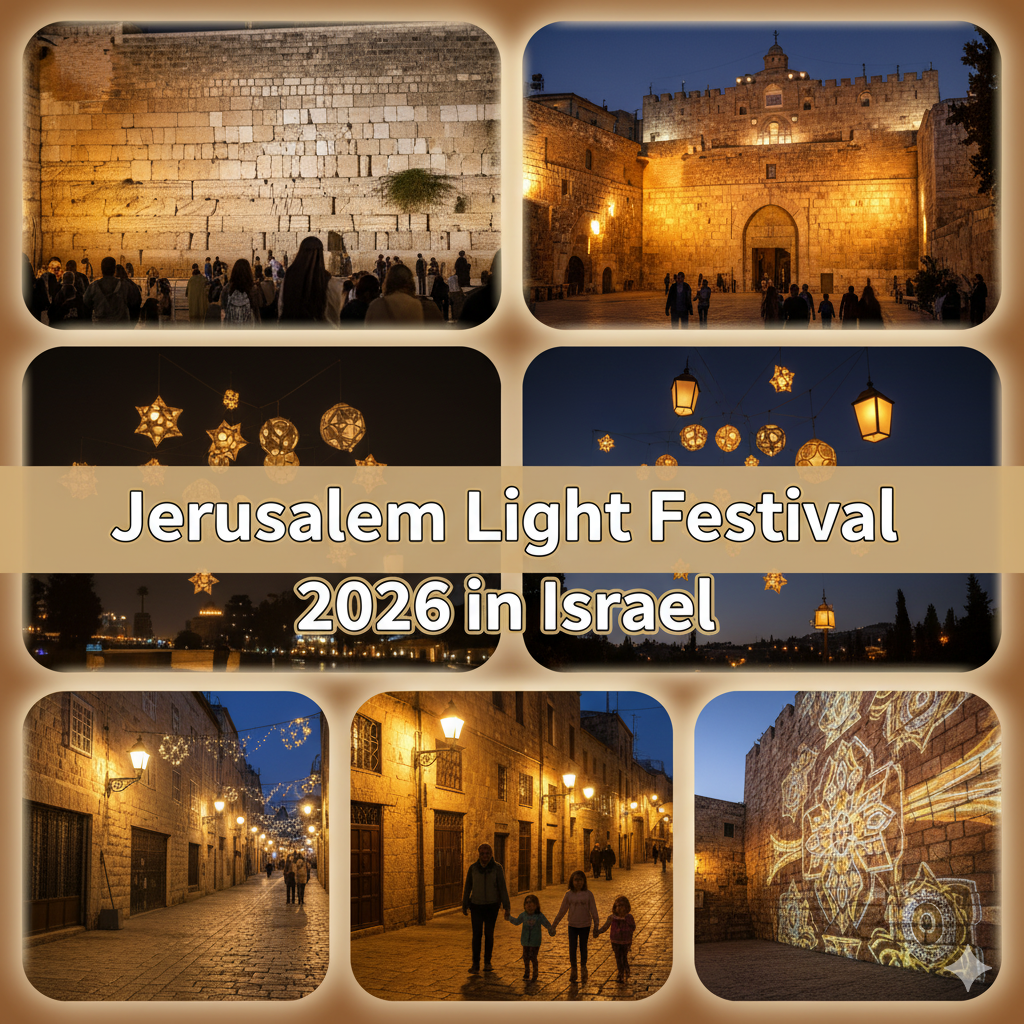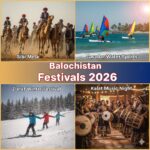When History Glows with Art
Every summer, the Jerusalem Light Festival 2026 transforms the Old City into a radiant wonderland — and in 2026, it promises to be more mesmerizing than ever before. Picture ancient stone walls illuminated with interactive light sculptures, projection art dancing on the city’s centuries-old structures, and music echoing through cobbled streets.
The Jerusalem Light Festival 2026 is not just an art show — it’s a celebration of history, innovation, and faith, blending the ancient charm of Jerusalem with the creativity of modern light technology. Visitors from all over the world flock to witness how art, spirituality, and light unite in this breathtaking spectacle.
What Is the Jerusalem Light Festival 2026?
Launched in 2009, the Jerusalem Light Festival is one of Israel’s most celebrated annual cultural events. It takes place in the Old City of Jerusalem, turning its ancient pathways into open-air galleries filled with glowing installations, 3D mapping, and interactive art.
In 2026, this world-famous event will once again feature international artists, local designers, and multimedia performances that redefine how we see the city after dark.
Expected Dates: June 2026 (exact dates to be announced)
Main Location: The Old City of Jerusalem, Israel
The Magic of Light and History
The beauty of the Jerusalem Light Festival lies in its location — the Old City, a UNESCO World Heritage site, home to sacred landmarks like the Western Wall, Church of the Holy Sepulchre, and Al-Aqsa Mosque.
During the festival, these landmarks are bathed in colorful light projections, creating a surreal contrast between ancient history and modern art.
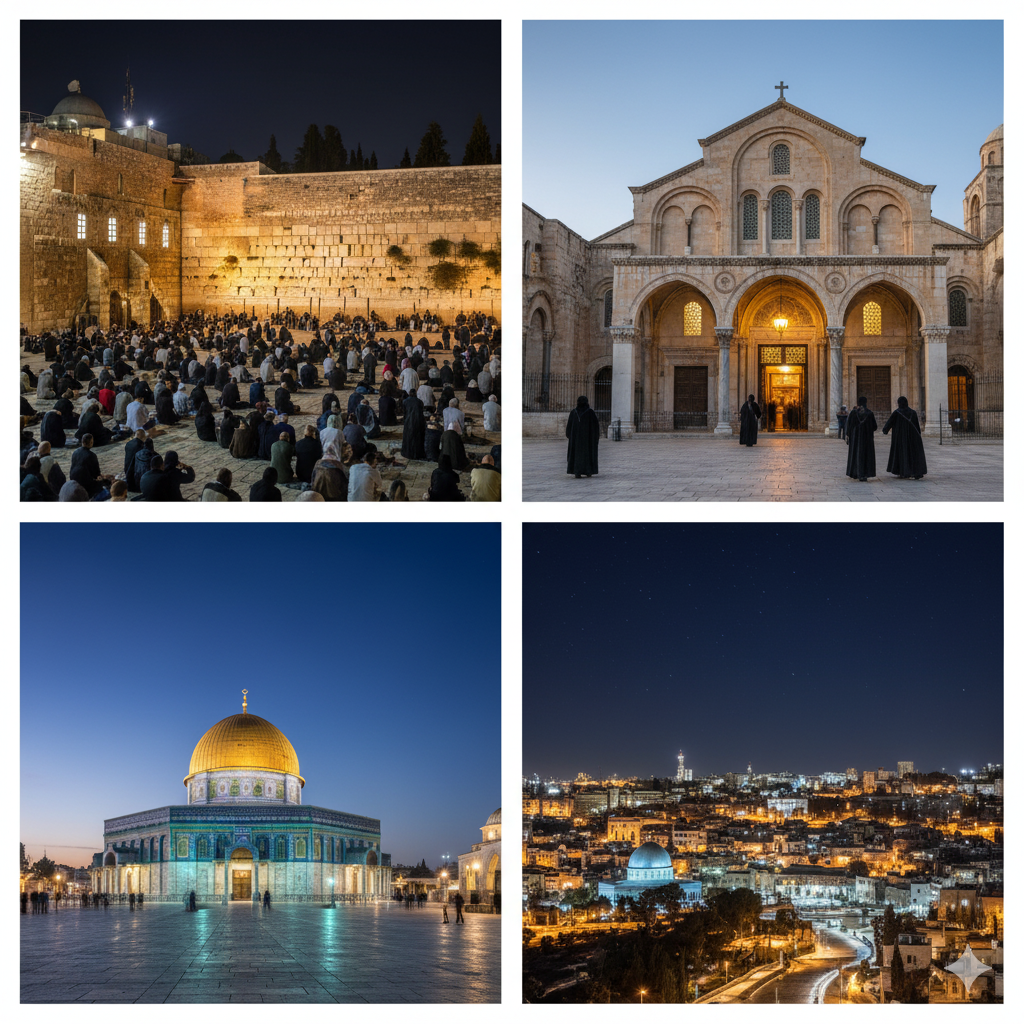
Each evening, as the sun sets, different quarters of the city (Jewish, Muslim, Christian, and Armenian) come alive with artistic installations, transforming Jerusalem into an open-air museum of light.
Highlights of the Jerusalem Light Festival 2026
1. Light Art Installations
Over 40 installations from artists around the globe will light up the city walls, gates, and rooftops. Expect floating sculptures, holographic tunnels, and illuminated fountains that bring the city to life.
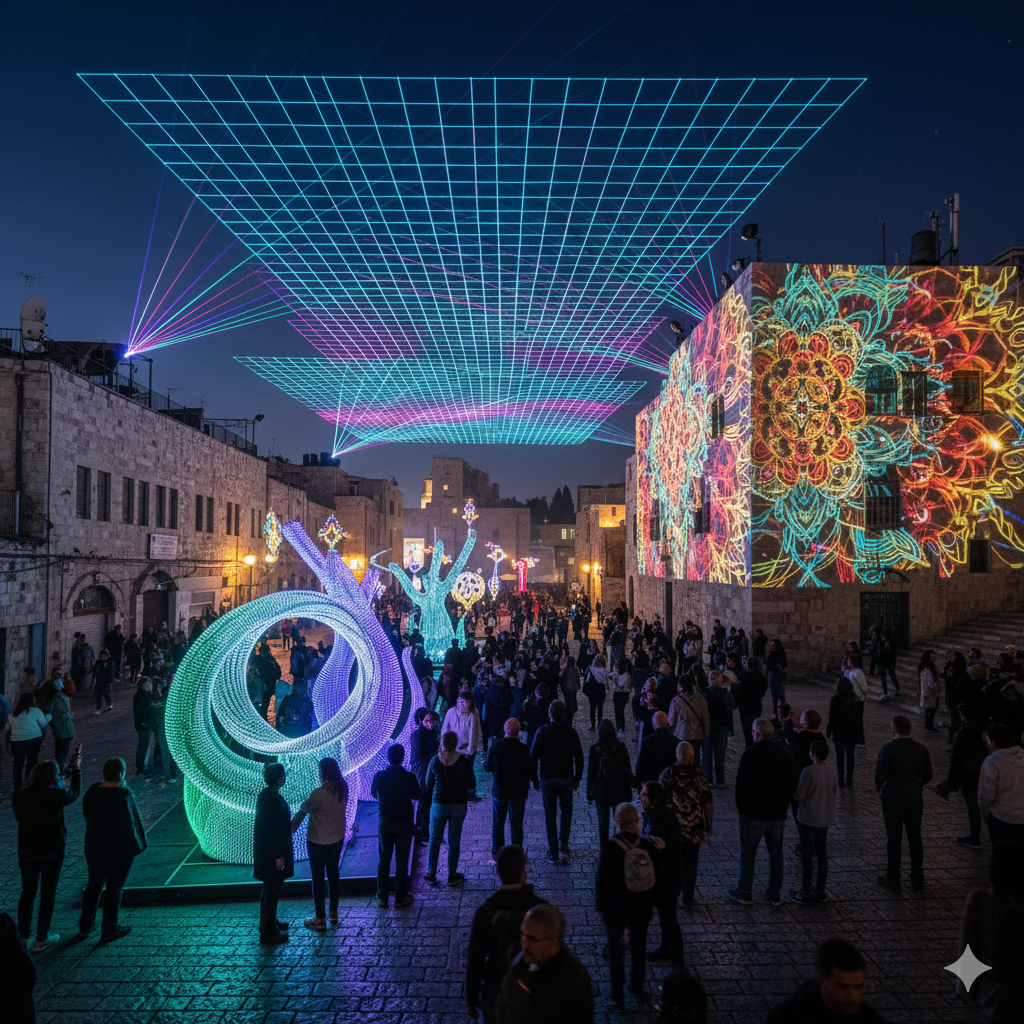
2. Projection Mapping on Historical Sites
3D projections on structures like the Tower of David and Jaffa Gate tell stories of Jerusalem’s history in vivid light shows that blend tradition and technology.
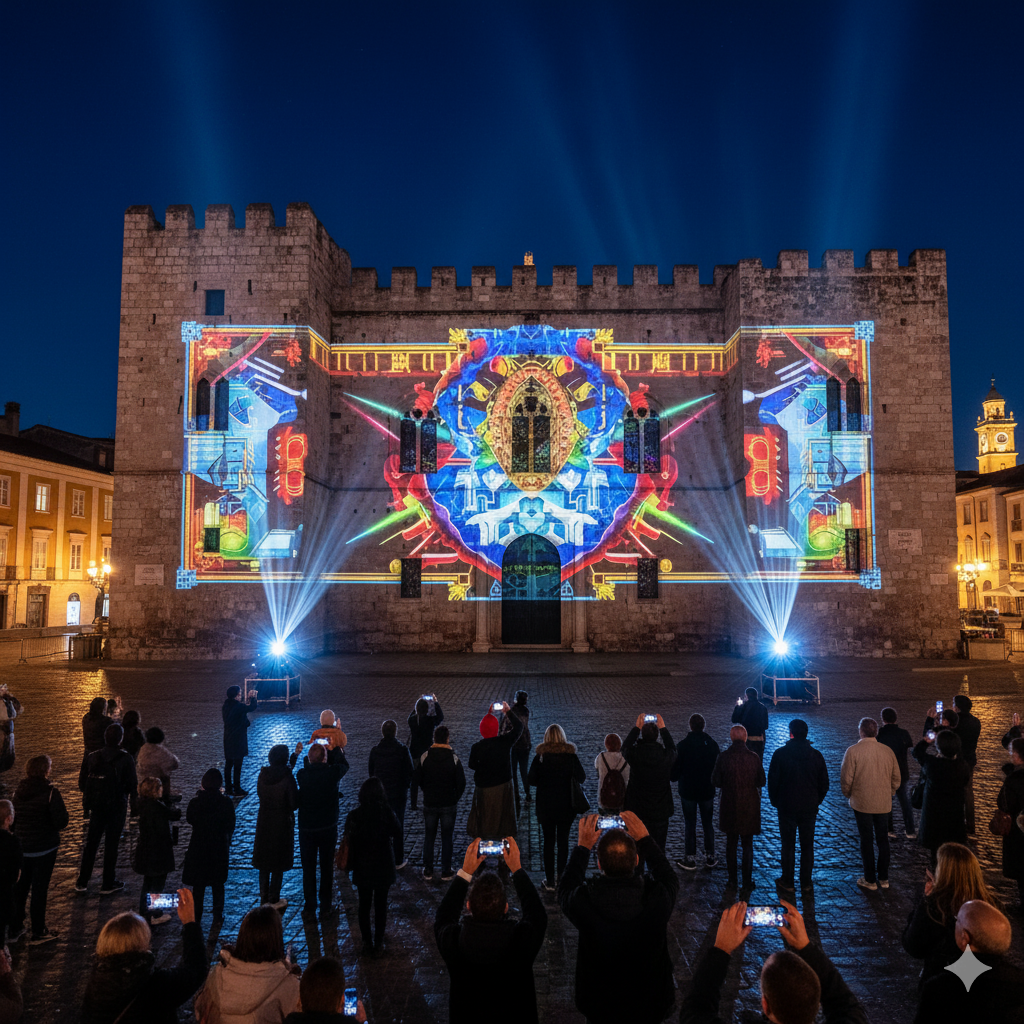
3. Live Performances and Music
The festival features local musicians, dancers, and international light performers. Acoustic concerts and street acts fill the air with rhythm and color.
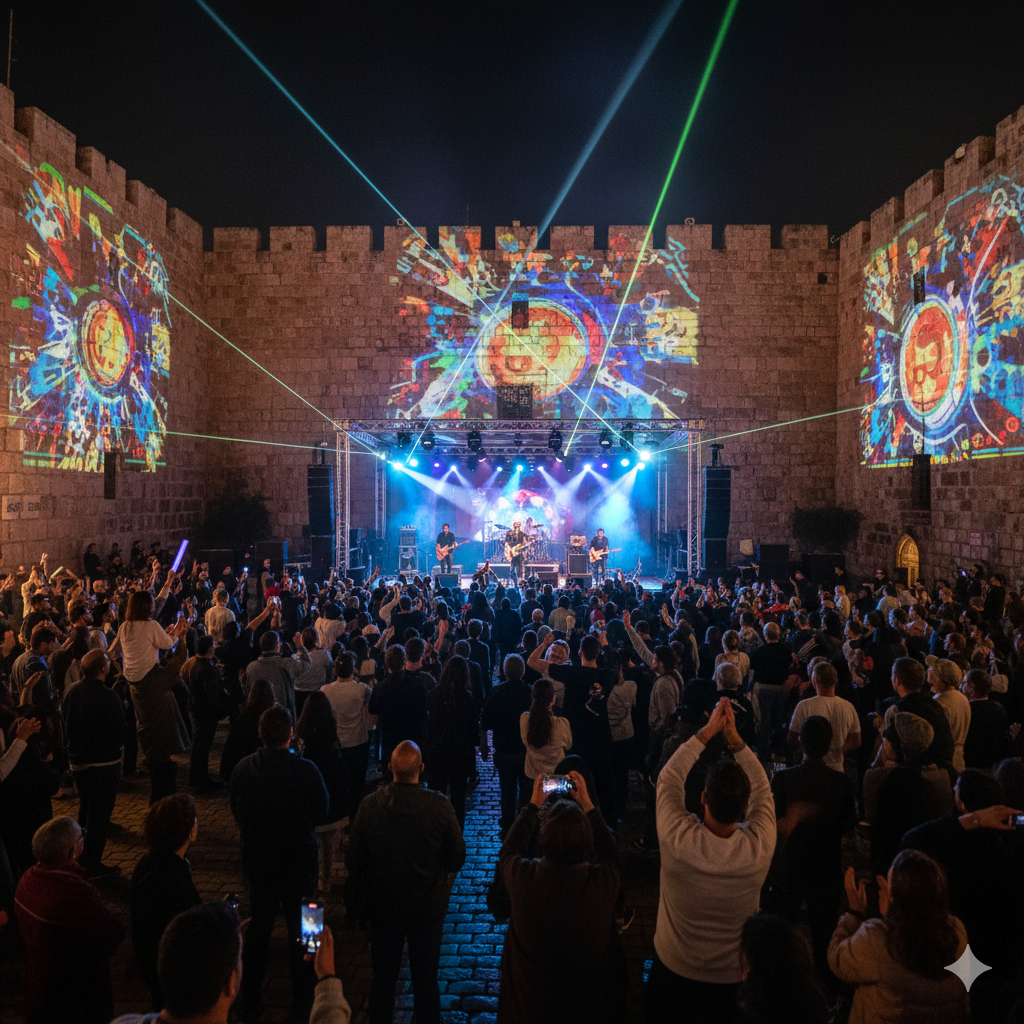
4. Family-Friendly Attractions
Families can enjoy interactive workshops, night tours, and art zones for children — a magical experience for all ages.
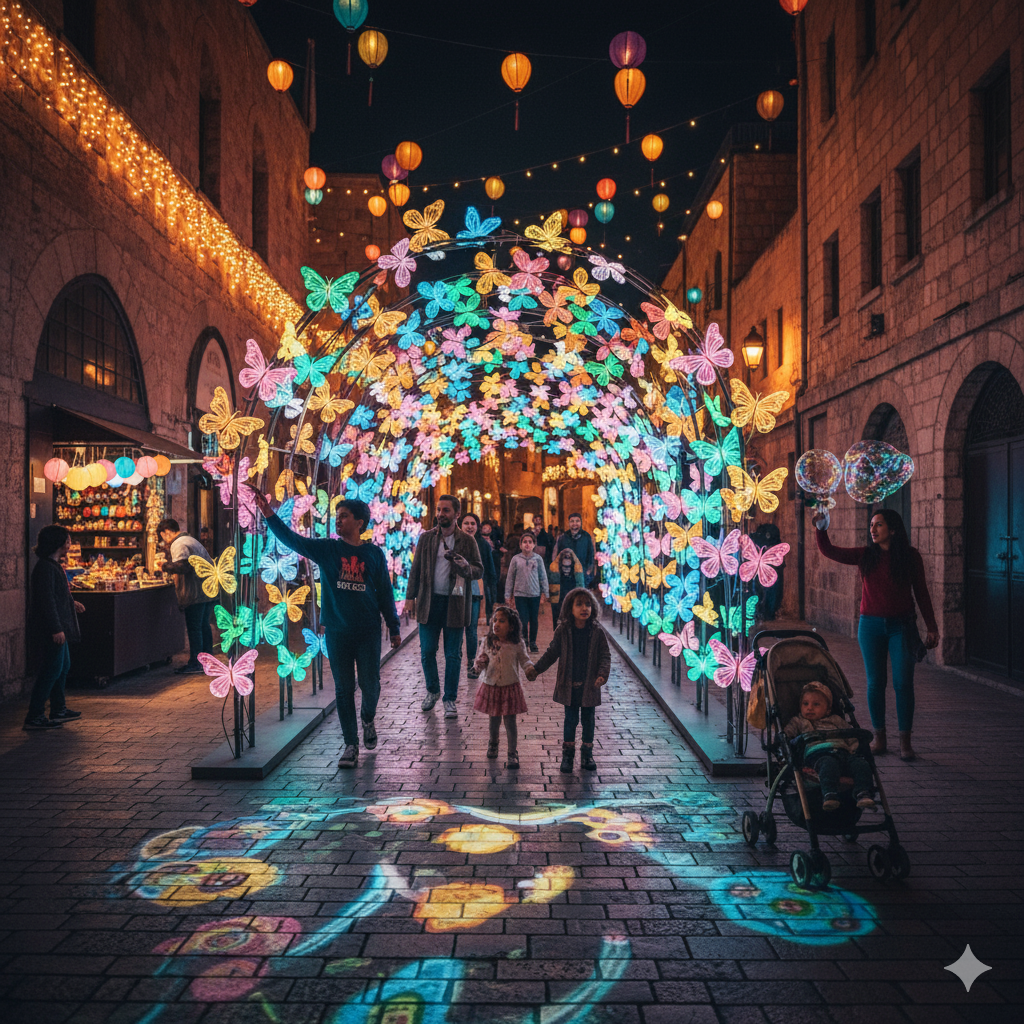
5. Photo Spots & Social Media Zones
Instagram-worthy installations like glowing arches, angel wings, and reflective pathways make it a paradise for photographers and travelers alike.
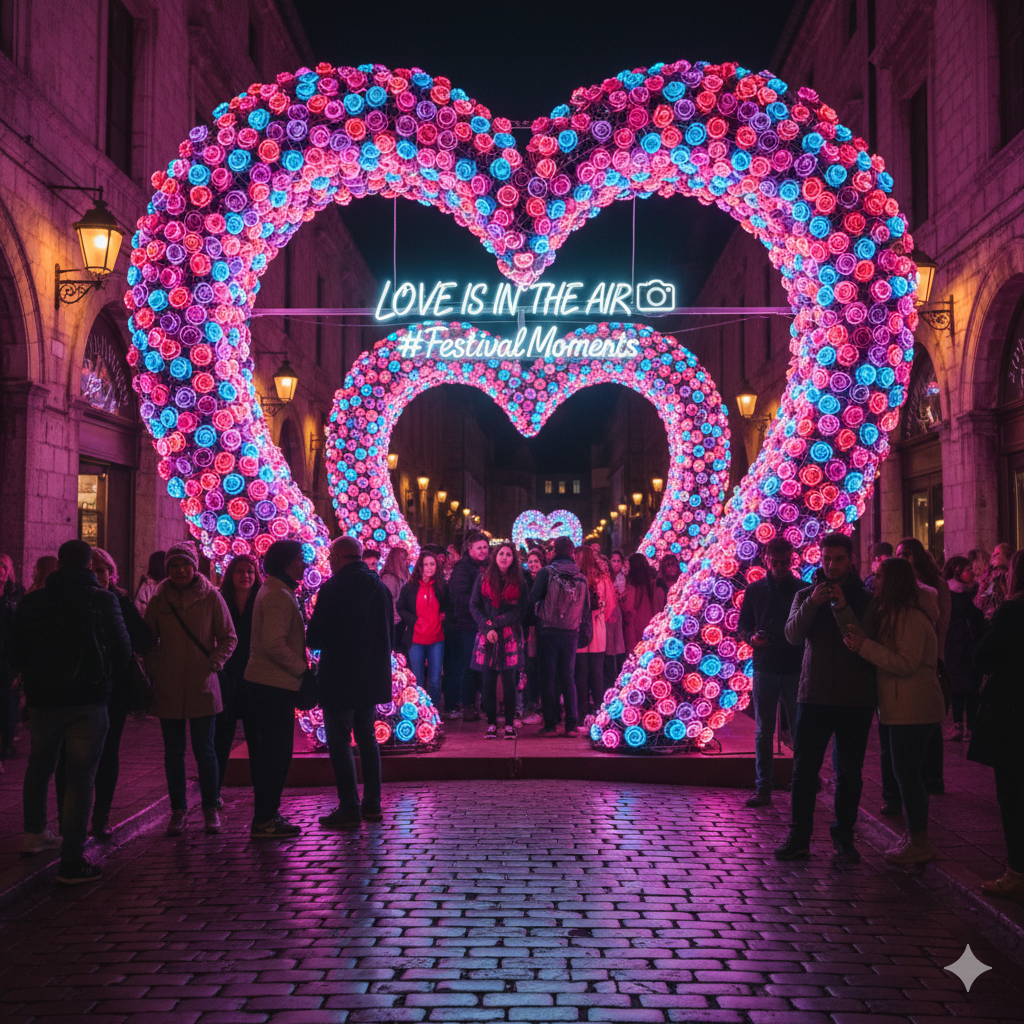
Routes & Zones of the Festival
The festival usually follows four main light trails, each covering a different part of the Old City:
- White Route (Christian Quarter): Peaceful installations and classic art themes.
- Red Route (Armenian Quarter): Bold and expressive visual art displays.
- Blue Route (Jewish Quarter): Mystical lights and spiritual installations.
- Green Route (Muslim Quarter): Vibrant colors and cultural symbolism.
Visitors can walk these routes at their own pace — or join guided tours to understand the art and history behind each display.
Must-See Landmarks During the Festival
While exploring the illuminated city, make sure to visit:
- Tower of David Museum – The centerpiece of projection mapping and history.
- Damascus Gate – Stunning laser patterns and 3D effects.
- Jaffa Gate – The festival’s iconic entry point with large-scale installations.
- Cardo Street – Ancient Roman marketplace filled with glowing sculptures.
- Muristan Square – A social hub with food stalls, live music, and performances.
Food & Dining Experience
The festival also offers a chance to enjoy Jerusalem’s culinary delights. From traditional Middle Eastern dishes to modern Israeli cuisine, there’s something for everyone.
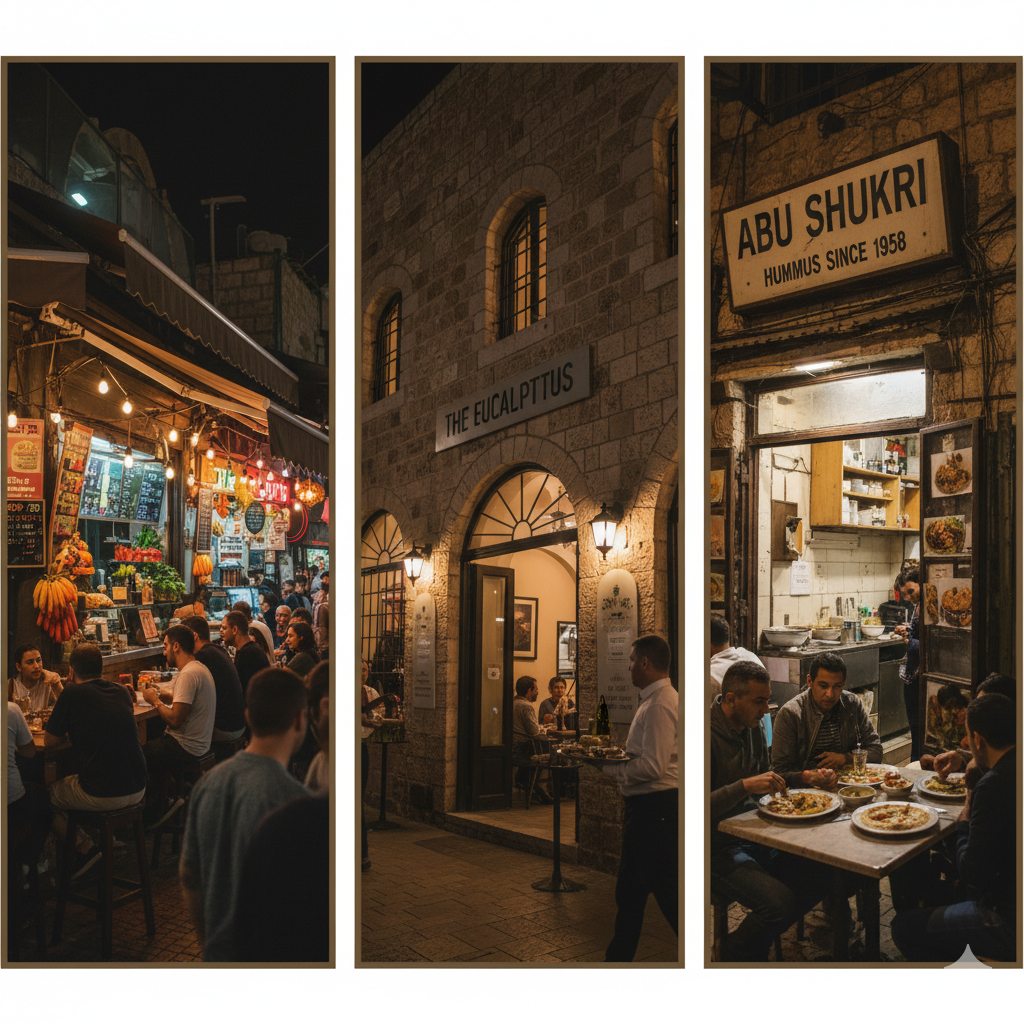
Top spots include:
- Machane Yehuda Market – Trendy eateries and street food vendors.
- Eucalyptus Restaurant – Gourmet Israeli cuisine near the Old City.
- Abu Shukri – Legendary hummus spot in the Muslim Quarter.
Don’t miss the night cafés that set up during the festival — perfect for relaxing with a drink while watching the lights reflect off the city walls.
Source: Jerusalem Municipality – Official Light Festival Page → Official site with festival schedules, artist details, and route maps.
Where to Stay During the Festival
Jerusalem offers a range of accommodation options for festival visitors:
- Luxury: The King David Hotel, Waldorf Astoria Jerusalem
- Mid-Range: Harmony Hotel, Mamilla Hotel
- Budget: Abraham Hostel, The Post Hostel Jerusalem
Pro Tip – Book early! Hotels in the Old City and city center fill up fast during the festival season.
Check Also: Bula Festival 2026 in Fiji
How to Get There
By Air:
Fly into Ben Gurion International Airport (Tel Aviv). From there, take a train or shuttle to Jerusalem (approx. 1 hour).
By Train:
Israel’s high-speed rail connects Tel Aviv to Jerusalem in under 40 minutes.
By Public Transport:
Buses and light rail services make navigating Jerusalem easy, especially to the Old City gates.
Travel Tips for Visitors
- Arrive Early: The festival gets crowded after sunset.
- Wear Comfortable Shoes: You’ll be walking through hilly, cobblestoned streets.
- Bring a Camera: Night photography here is spectacular.
- Respect Local Customs: Jerusalem is a city of deep faith and diversity.
- Stay Hydrated: Summer nights can still be warm.
FAQs About Jerusalem Light Festival 2026
Q1: When does the Jerusalem Light Festival 2026 take place?
It is expected to be held in June 2026 (official dates to be announced).
Q2: Is entry to the festival free?
Yes, most installations and routes are free to explore. Some performances may require tickets.
Q3: Can families with children attend?
Absolutely! There are dedicated family-friendly zones and activities.
Q4: Is photography allowed?
Yes — photography is encouraged, especially for social sharing and personal memories.
Q5: What languages are used at the festival?
Hebrew and English are most common, but some tours offer Arabic and French translations.
Eventers: A City Illuminated with Hope and Beauty
The Jerusalem Light Festival 2026 is more than an art exhibition — it’s a symbol of unity, hope, and creativity. As the lights reflect across the sacred stones of the Old City, visitors experience the harmony between the past and the present, tradition and innovation.
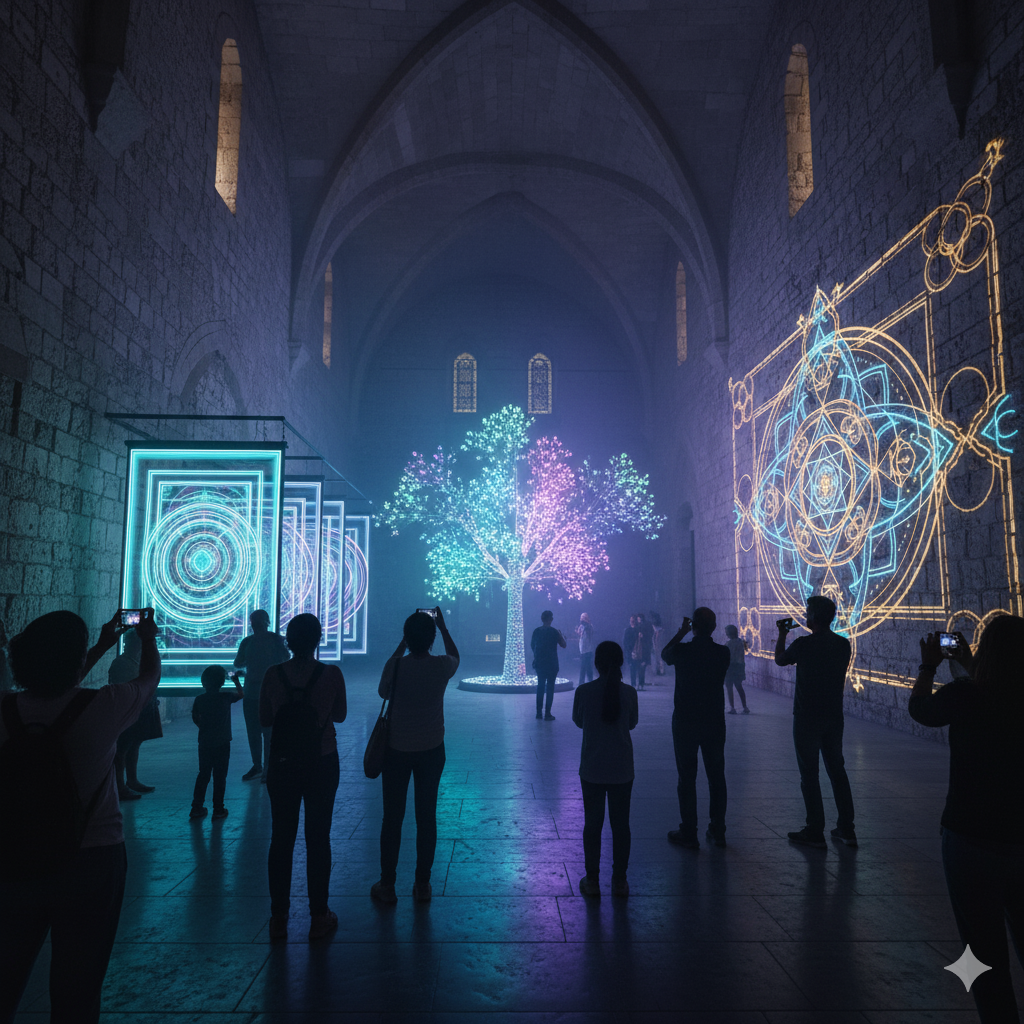
Whether you’re an art lover, photographer, or simply seeking a once-in-a-lifetime travel experience, Jerusalem in 2026 is where ancient history meets the magic of modern light.

